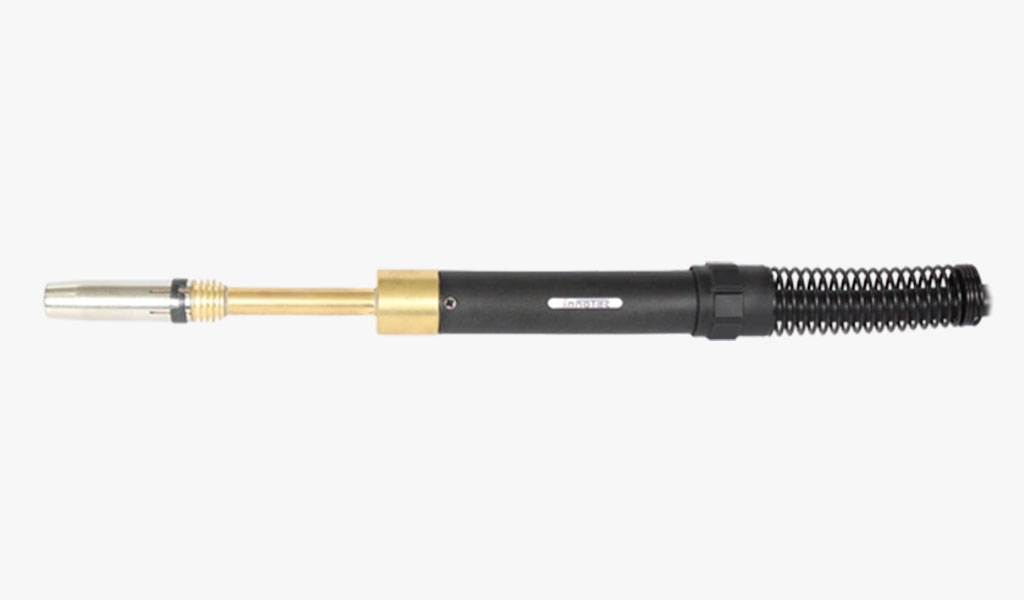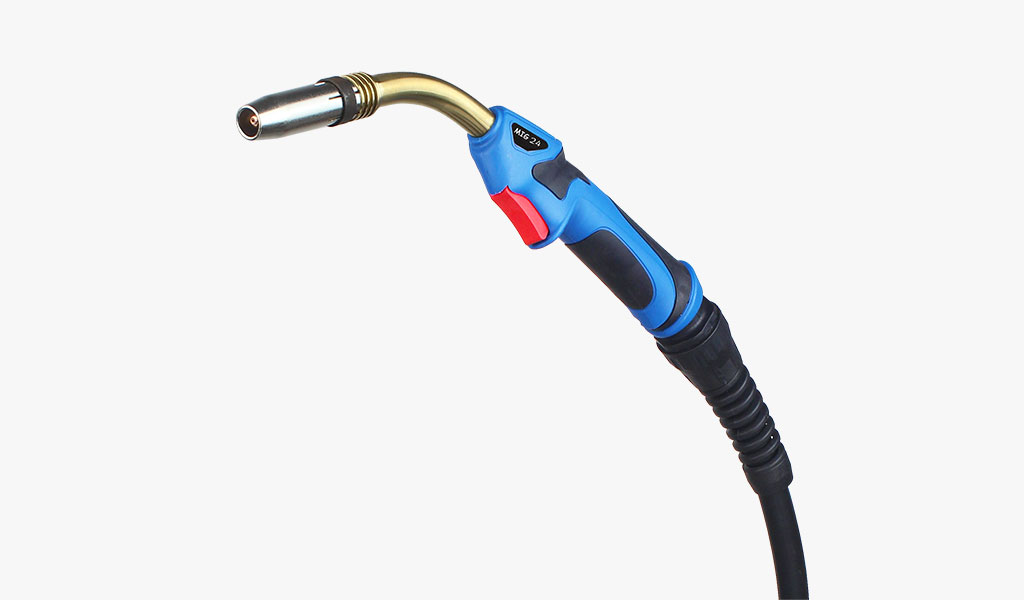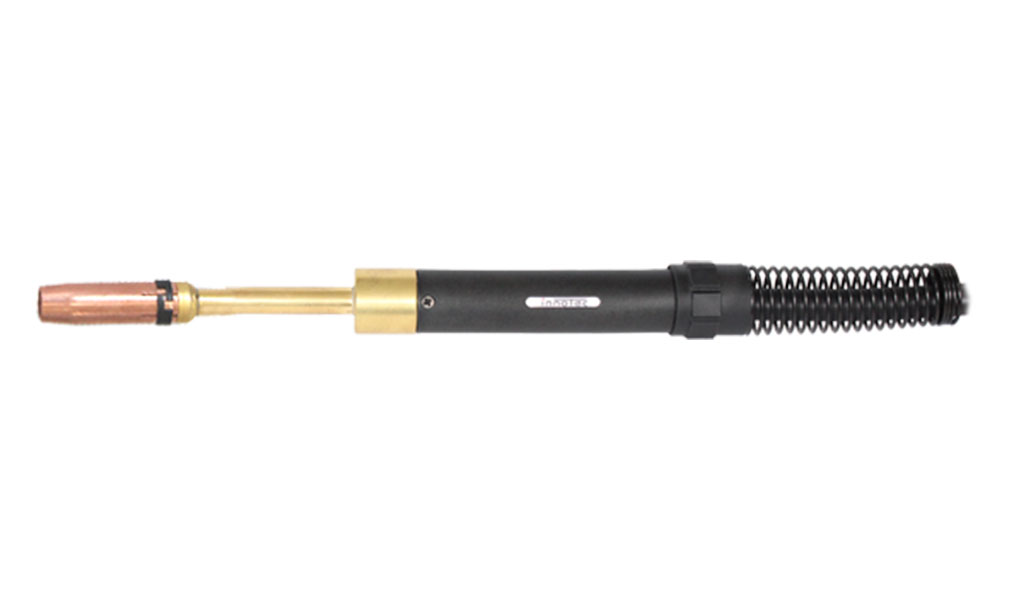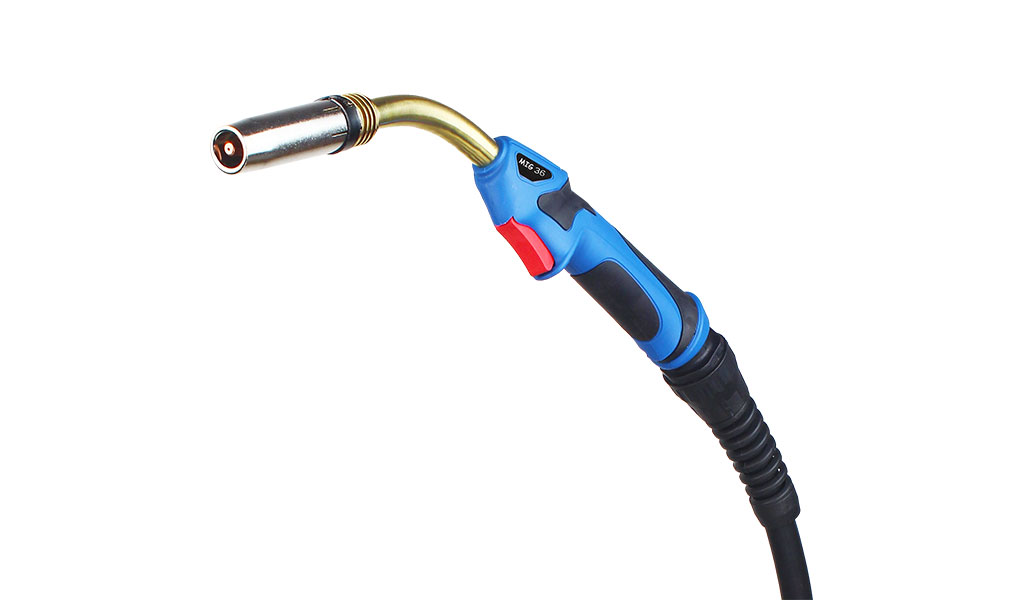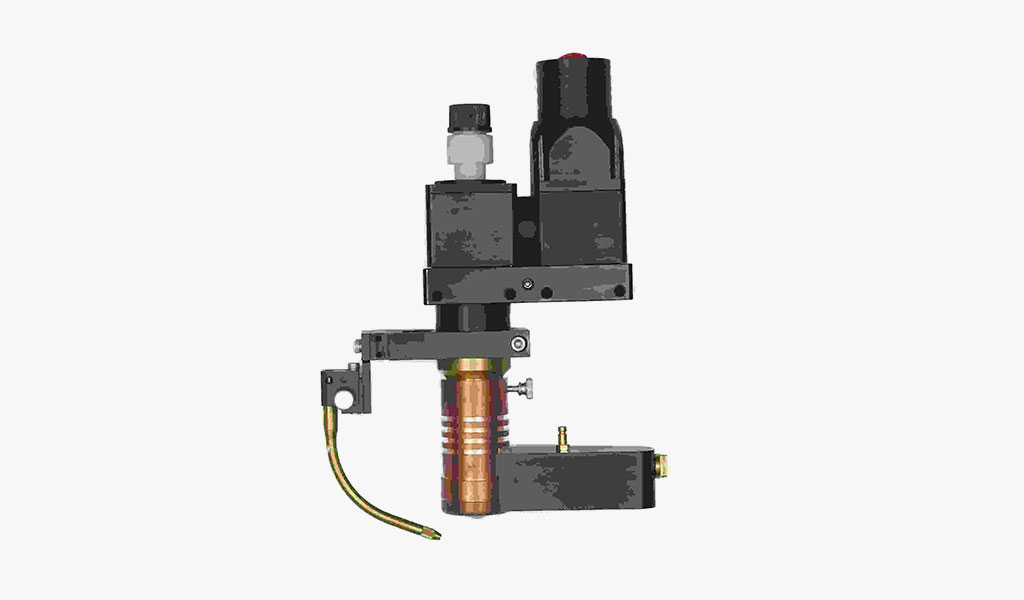
Shipbuilding Welding & Cutting Solutions
Focusing on three critical scenarios in shipbuilding — longitudinal stiffener welding on shell plates, circumferential seam welding during grand block assembly, and precision cutting of thick plates — we offer full-process upgrades to enhance welding efficiency and cutting precision, setting new industry benchmarks.
01|Longitudinal Stiffener Welding System for Shell Plates

Application Scenario & Technical Challenges

Typical Condition:
Continuous fillet welding between curved fore/aft shell plates and T-type stiffeners; cumulative weld length exceeds 25 km per vessel.

Industry Pain Points:
● Manual welding shows weld penetration fluctuation of ±15%, leading to a >22% failure rate in IACS UR W11 fatigue tests.
● Traditional welding speeds are limited to 0.4 m/min, consuming over 35% of total hull construction time.
Recommended Solution
02|Circumferential Seam Welding System for Grand Block Assembly
Recommended Solution

Application Scenario & Technical Challenges

Typical Condition:
Welding of circumferential seams between cargo and engine room sections; plate thickness ranges from 40–60 mm (DH36/EH40 high-strength steels).

Industry Pain Points:
● Accumulated heat from manual multi-pass welding causes excessive distortion (>5mm/m), with flame correction costs reaching ¥800 per meter.
● Precise heat input control required (≤2.5 kJ/mm) to prevent welding-induced deformation.

Shipbuilding Solutions
To succeed in today’s demanding shipbuilding industry, you need more than a product supplier – you need an expert partner. Innotec offers complete welding and cutting solutions, delivering everything from automation to manual equipment to filler metals with unparalleled service.
03|High-Precision Plasma Cutting System for Marine-Grade Thick Plates

Application Scenario & Technical Challenges

Typical Condition:
Three-dimensional cutting of 20–50mm EH36 shell plates, requiring simultaneous bevel processing.

Industry Pain Points:
● Traditional flame cutting produces a heat-affected zone (HAZ) of 6–8 mm, reducing cold bending performance by 40%.
● Manual cutting inaccuracies lead to assembly gaps >3 mm between segments, increasing the risk of welding deformation.

Conclusion|Building System-Level Welding Capability for Shipbuilding
By integrating high-performance welding guns with automated welding and cutting systems, we offer scalable solutions for large-vessel construction. Whether it’s kilometer-scale longitudinal welds or precision bevel cutting, we ensure excellence in strength, safety, and productivity — laying a solid foundation for modern shipbuilding.For detailed technical specs or product samples, contact us to receive the full product manual. We look forward to being your reliable partner in shipbuilding welding and cutting.


